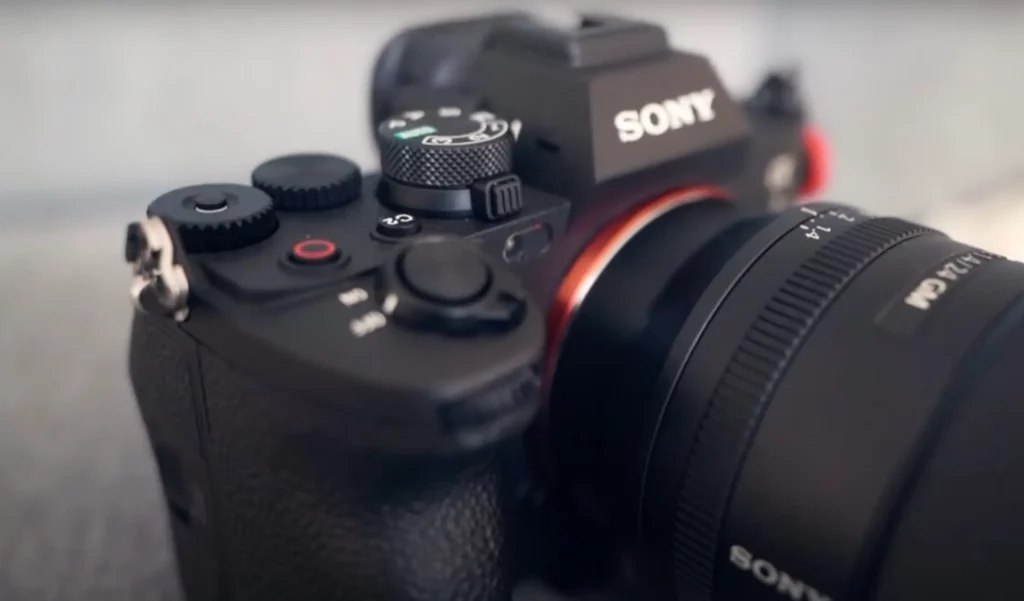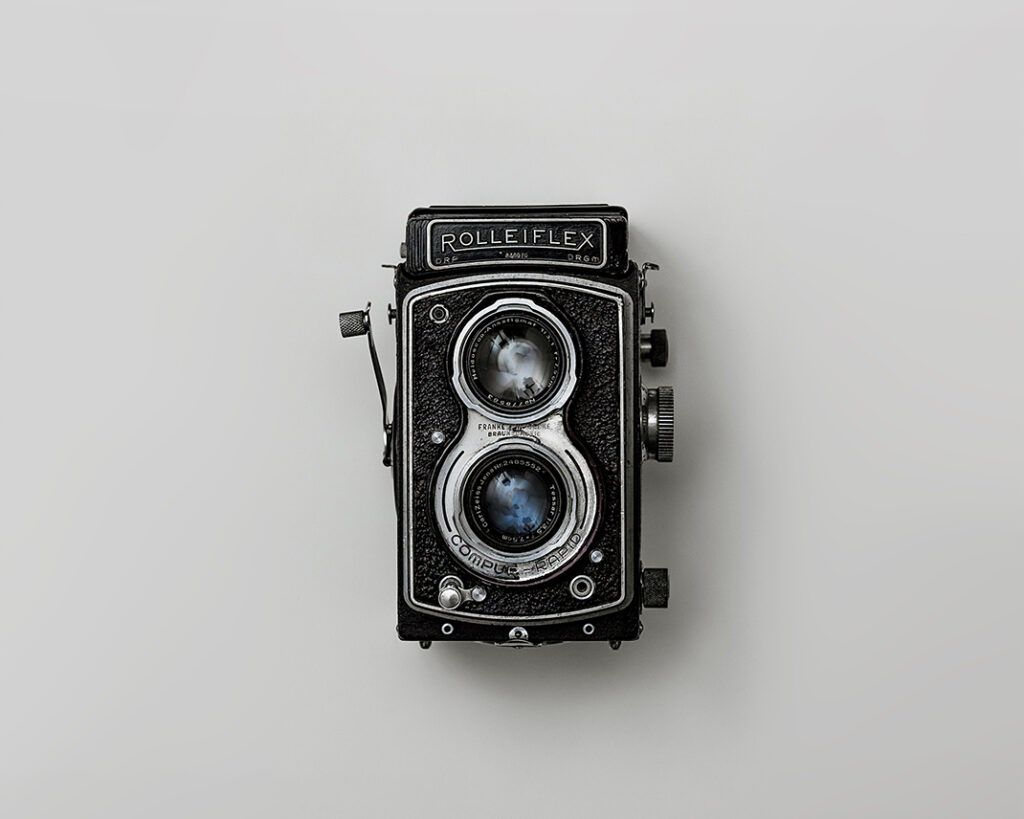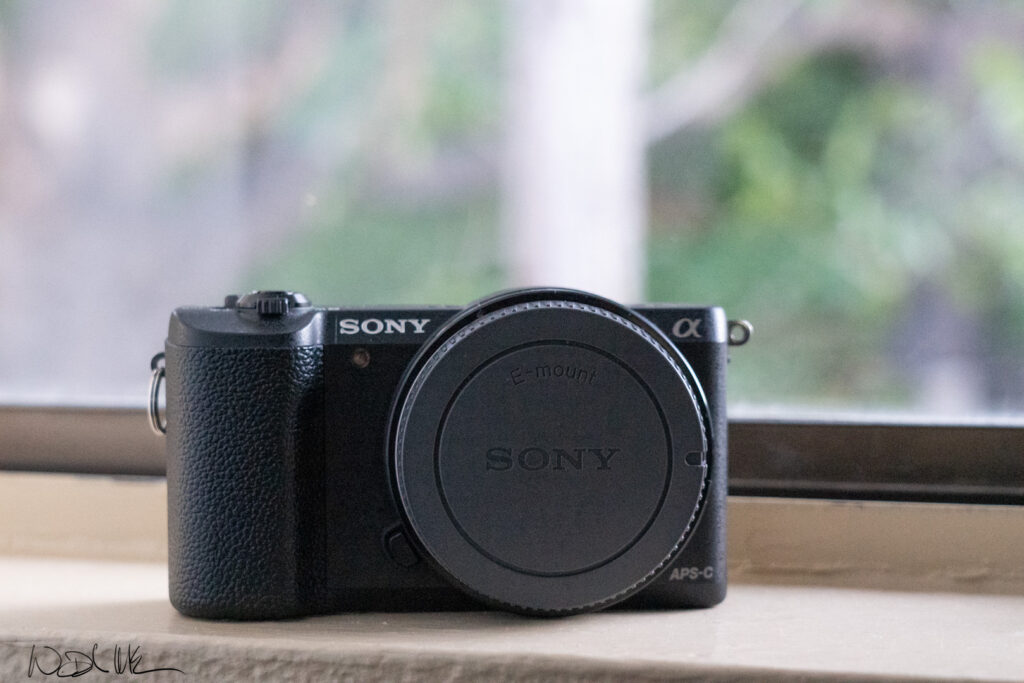If you’re into wildlife photography Canon and Sony have some of the best cameras and lenses.
I’m a Sony shooter, but I’ve been thinking about switching to the Canon R6 for wildlife for a long time. I mostly like Canon, because the EOS R5 and R6 have better image stabilization and better animal eye autofocus.
For photography, Canon just seems to be a better all-around camera, and I couldn’t be happier with the new smaller and lighter lenses like the new RF 100-500.
But with the release of the Sony A7iv, that might change things a bit.
The EOS R6 has the best AF
More and more people are switching to Canon for wildlife photography. The animal eye autofocus is quick and accurate. In some cases, It can spot an animal’s eye quicker than you can.
It’s not a perfect system, but it works great for wildlife. Canon also offers 8 stops of image stabilization when combined with the right lenses. This can help slow your shutter in those low light conditions, and in some cases, eliminate the need for a tripod.
Canon also has the best menu system I’ve seen in a camera. It’s simple, quick, and responsive. I even like it a little more than the new Sony cameras like the Sony A1. It’s a little more functional and lets you change shutter speed and aperture rather than using dials.
Why I like the Sony A7iv

It’s hard to switch to another camera system especially when I’ve been using Sony for so long, but if I was starting out I would still choose Sony.
Design
I know this may sound odd, but I like the look of the Sony camera bodies. They look more professional and are less bulky. The Canon Rp is the only new Canon camera that has a design. The EOS R, R5, and R6 are chunky and look more like a DSLR than a mirrorless camera.
Lens Options
That’s not the only reason I’m sticking with Sony. Sony has a great lens selection and great 3rd party options including Tamron and Sigma. And just recently, Sony added the new 70-200 2.8 GM ii lens that can be used as a 100-400 with the 2x teleconverter. Read my comparison article on it here.
For someone who doesn’t like carrying heavy lenses, that’s a huge deal. As a landscape photographer, I find myself mostly shooting in the range of 70-200mm, but when I’m shooting wildlife I shoot at 200-600.
I like that Sony offers that 70-400 range (2.3 lbs) in a smaller package and weight than Canon (3 lbs). I know that most professional wildlife photographers aren’t looking for a 70-200 lens, but I’ll do anything to lighten the load.
While Sony doesn’t have the best image stabilization, it’s not bad and I don’t see it as a deal breaker.
Resolution
Sony also has about 23 more megapixels than the Canon R6, and it’s in the same price range. For wildlife that’s huge, because more resolution means more cropping/zoom range.
Sony also has dual iso, better low light performance, and produces sharper images. See the comparison video here.
Autofocus
The New Sony A7iv now has animal eye AF and bird eye AF just like the Sony A1. It’s not quite as good as Canon’s animal eye AF, but it’s pretty close.
Sony also figured out a way to eliminate focus breathing with the A7iv. It’s the first Sony Camera to eliminate focus breathing which can be a huge deal for anyone who misses focus. Unfortunately, it only works with Sony native lenses.
If you’re interested in learning more about the Sony A7iv autofocus for wildlife photography check out this video here.
Canon vs Sony lenses for wildlife
Choosing a camera system has everything to do with lens selection. If you’re looking for pro options, there’s no doubt that Sony has you covered unless you choose to use adapted lenses on the Canon R6.
Currently, the best option for the Canon RF lineup is the 600 f4 lens, but at $15,000 few can afford it. You’re next best option is the RF 100-500 4.5-7.1. It’s an amazing lens, and it’s lightweight, but don’t expect to get great images in low light. The same goes for Canon’s new 600 and 800mm f/ll lenses. You’ll get the reach, but only in full daylight.
I think Sony has a little better options, because they’re priced to fit any budget. They also have better build quality and less zoom throw. Below are the top lens choices for Sony wildlife shooters.
- Sony 200-600 f5-6.7
- Sigma 150-600 f5-6.3
- Tamron 150-500 f5-6.7
- Sony 100-400 f4.5-5.6
- Sigma 100-400 5.6-5.3
| Sony 100-400 | 3.08 lbs | 8.07 inches |
| Sony 200-600 | 4.65 lbs | 12.5 inches |
| Sigma 150-500 (sony) | 4.63 lbs | 10.5 inches |
| Tamron 150-500 (sony) | 3.8 lbs | 8.3 inches |
| Canon RF 150-500 | 3 lbs | 8.17 inches |
| Sigma 100-400 (Sony) | 2.5 lbs | 7.76 inches |
You can see from the following chart that there’s not a clear winner. If you’re looking for ultra portable, stick with a 100-400 lens or go with the Canon RF 150-500. If you’re looking for speed and durability, I’d go with the Sony 200-600. And if you’re looking to save, go with Tamron or Sigma. Both are excellent lenses, that will give you the zoom function you need and adequate AF performance.
It’s hard to see a clear winner for the best zoom for wildlife photography. It really just depends on what you need. I honestly, would just love to go with the new 70-200 2.8 from Sony with the 2x extender, and if I get more serious into wildlife, I think I’d choose the Sony 200-600. It’s fast, durable, and if I’m going to carry extra weight, I might as well carry the best one.
Conclusion
If you’re already using the Canon R5 or R6 for wildlife for photography, there’s no reason to upgrade or switch to the Sony platform. As a Sony shooter, I’m always tempted to switch to Canon EOS R cameras, because they have superior image stabilization and better animal eye autofocus, but the Sony A7iv is the perfect camera upgrade for me.
It hits the sweet spot for image resolution, and I think they have some of the best lenses on the market.
I hope this was helpful. Check out my other article on the lightest camera and lenses for travel and landscape photography.
Feel free to subscribe below.






